9 start with T start with T
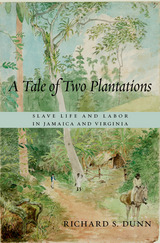
Forty years ago, after publication of his pathbreaking book Sugar and Slaves, Richard Dunn began an intensive investigation of two thousand slaves living on two plantations, one in North America and one in the Caribbean. Digging deeply into the archives, he has reconstructed the individual lives and collective experiences of three generations of slaves on the Mesopotamia sugar estate in Jamaica and the Mount Airy plantation in tidewater Virginia, to understand the starkly different forms slavery could take. Dunn’s stunning achievement is a rich and compelling history of bondage in two very different Atlantic world settings.
From the mid-eighteenth century to emancipation in 1834, life in Mesopotamia was shaped and stunted by deadly work regimens, rampant disease, and dependence on the slave trade for new laborers. At Mount Airy, where the population continually expanded until emancipation in 1865, the “surplus” slaves were sold or moved to distant work sites, and families were routinely broken up. Over two hundred of these Virginia slaves were sent eight hundred miles to the Cotton South.
In the genealogies that Dunn has painstakingly assembled, we can trace a Mesopotamia fieldhand through every stage of her bondage, and contrast her harsh treatment with the fortunes of her rebellious mulatto son and clever quadroon granddaughter. We track a Mount Airy craftworker through a stormy life of interracial sex, escape, and family breakup. The details of individuals’ lives enable us to grasp the full experience of both slave communities as they labored and loved, and ultimately became free.
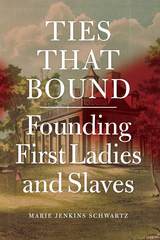
Unlike other histories that treat the stories of the First Ladies’ slaves as separate from the lives of their mistresses, Ties That Bound closely examines the relationships that developed between the First Ladies and their slaves. For elite women and their families, slaves were more than an agricultural workforce; slavery was an entire domestic way of life that reflected and reinforced their status. In many cases slaves were more constant companions to the white women of the household than were their husbands and sons, who often traveled or were at war. By looking closely at the complicated intimacy these women shared, Schwartz is able to reveal how they negotiated their roles, illuminating much about the lives of slaves themselves, as well as class, race, and gender in early America.
By detailing the prevalence and prominence of slaves in the daily lives of women who helped shape the country, Schwartz makes it clear that it is impossible to honestly tell the stories of these women while ignoring their slaves. She asks us to consider anew the embedded power of slavery in the very earliest conception of American politics, society, and everyday domestic routines.
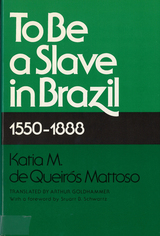
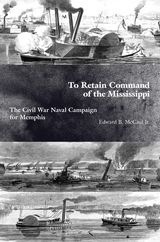
The Battle of Memphis was one such fray waged for control of the Mississippi. It was a major victory for the Union, one that was over almost before it began because of luck and lessons the Union fleet learned at a hard-fought battle with the Confederate River Defense Fleet at Plum Point. Perhaps owing to its swift conclusion, the Battle of Memphis has not received the scholarly attention of other battles, such as Vicksburg and Forts Henry and Donelson. In To Retain Command of the Mississippi, Edward B. McCaul Jr. argues that the Battle of Memphis was pivotal in the Union’s efforts to control the Mississippi River. The Union command, by narrowly escaping defeat at Plum Point, learned invaluable lessons about the Confederate River Defense Fleet and masterfully enacted those lessons in decisively defeating the Confederate fleet at Memphis. With the Confederacy’s river forces severely crippled after the Battle of Memphis, the Union fleets pushed onward to eventual victory at Vicksburg.
McCaul brings this pivotal river battle back into the American Civil War discussion by highlighting the Union gains and Confederate losses that led up to the Battle of Memphis and maintaining that had the battle gone differently, Grant’s plans for taking Vicksburg would have been drastically altered
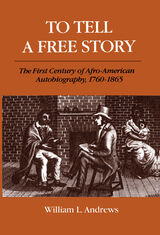
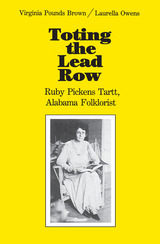
“You recall the expression ‘toting the lead row’, don’t you? In chopping cotton or corn there is always a leader, one who can chop the fastest of them all. When he finishes his row, he goes back and helps the other choppers finish theirs. The one who totes the lead row takes the lead place in the next row.”—Ruby Pickens Tartt
She was certain that the very essence of her native Sumter County lay on the back roads, in the cabins hidden nearby, and with the black people who lived there. Their singing and their stories captivated her; the preservation of their heritage became life-long commitment.
In her collection work, including service with the WPA Writers’ Project, Ruby Pickens Tartt worked with and assisted other collectors of folklore, notably Carl Carmer and John Lomax; indeed, her Livingston home became a mecca for folklorists and writers. In helping them all, truly Mrs. Tartt was “toting the lead row”.
Toting the Lead Rowis divided into two major parts. The first is biographical and told in detail is her work during the Depression with the Federal Writers’ Project, collecting folk songs and life histories and gathering folklore. The second part contains selecting writings of Ruby Pickens Tartt: 18 life histories and stories and 12 slave narratives.
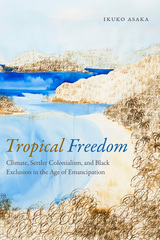
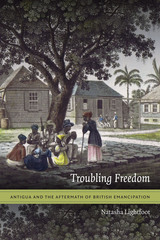
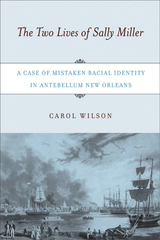
In 1843, the Louisiana Supreme Court heard the case of a slave named Sally Miller, who claimed to have been born a free white person in Germany. Sally, a very light-skinned slave girl working in a New Orleans caf, might not have known she had a case were it not for a woman who recognized her as Salom Muller, with whom she had emigrated from Germany over twenty years earlier. Sally decided to sue for her freedom, and was ultimately freed, despite strong evidence contrary to her claim.
In The Two Lives of Sally Miller, Carol Wilson explores this fascinating legal case and its reflection on broader questions about race, society, and law in the antebellum South. Why did a court system known for its extreme bias against African Americans help to free a woman who was believed by many to be a black slave? Wilson explains that while the notion of white enslavement was shocking, it was easier for society to acknowledge that possibility than the alternative-an African slave who deceived whites and triumphed over the system.
READERS
Browse our collection.
PUBLISHERS
See BiblioVault's publisher services.
STUDENT SERVICES
Files for college accessibility offices.
UChicago Accessibility Resources
home | accessibility | search | about | contact us
BiblioVault ® 2001 - 2024
The University of Chicago Press









